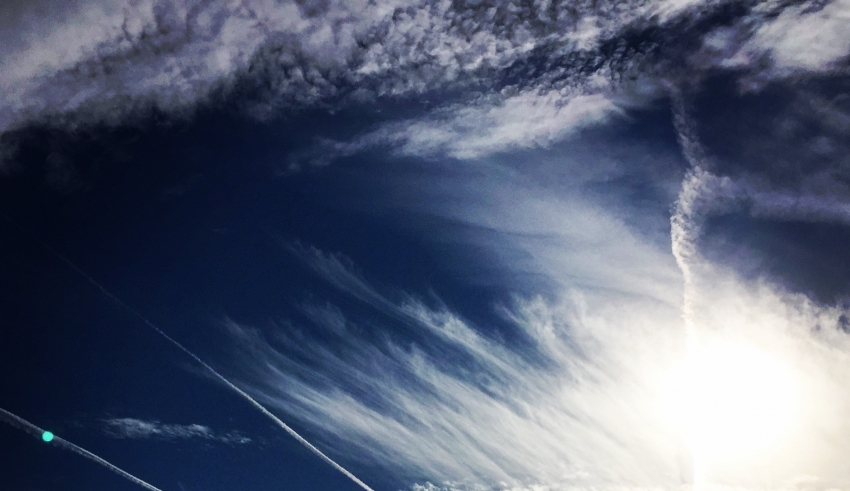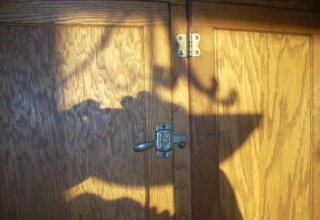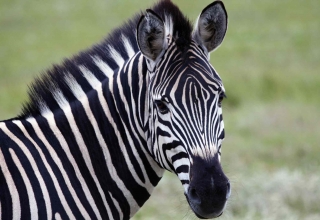
By contrast, if you speed ahead to the next challenge without acknowledging what you’ve accomplished, you’re not gaining the full benefits of your experience. You’ll still feel the dopamine but you miss out on fully capturing your key learnings.
So how do you take advantage of the brain’s reward system, especially if celebrating doesn’t come naturally to you?
Build a special celebration habit. Habits are naturally brain-friendly, efficient learned behaviors.
You do habits automatically or with minimal thinking — once you get the hang of them. Even better, habits are energy efficient actions. That’s because the brain’s executive function, the pre-frontal cortex, monitors them in the background without actively directing them.
The basal ganglia deep in the brain’s base plays the active role in habit formation as well as reward and reinforcement and addictive behaviors. This part of the brain also oversees habits as well as motor control, motor learning, and emotional behaviors.
Almost 10 years ago, I started studying habits. My two favorite researchers on the topic are Dr. Ann Grabiel of MIT and Dr. BJ Fogg of Stanford.
Dr. Grabiel has devoted most of her career studying the brain’s basal ganglia. She not only has conducted groundbreaking research, but also explains her findings clearly in journal papers and articles.
Dr. Fogg is the founder/director of Stanford’s Behavior Design Lab and the creator of the Tiny Habits method. He also authored the 2020 best-seller Tiny Habits: The Small Changes That Change Everything.
Once I discovered that building habits is a skill you can learn, I started helping others design their own habits. To create your own celebration habit, follow these seven steps, which include a mini celebration.
1.Verify that you want a celebration habit. You’ll be more successful at doing this habit if you view it as a choice you’ve made rather than an obligation foisted upon you.
2.Choose an anchor behavior that will prompt you to do your celebration habit.Your prompt may be: After we reach an identified marker, we’ll celebrate our progress. Or, after I complete a milestone, I’ll take a victory lap (or nap).
3.Make the behavior simple and meaningful to do.Since celebration isn’t a natural action for many, consider developing a celebration ritual. This could be one or two phrases, movements, or sounds that are easy to do yet feel meaningful.
For example, you can pump your fists and say “Yes!”; give yourself a high five; or wave a flag. Also picture athletes and the ways they mark their victories, such as victory dances, hugs, fist pumps and bumps, and everything in between.
Download Article 1K Club














